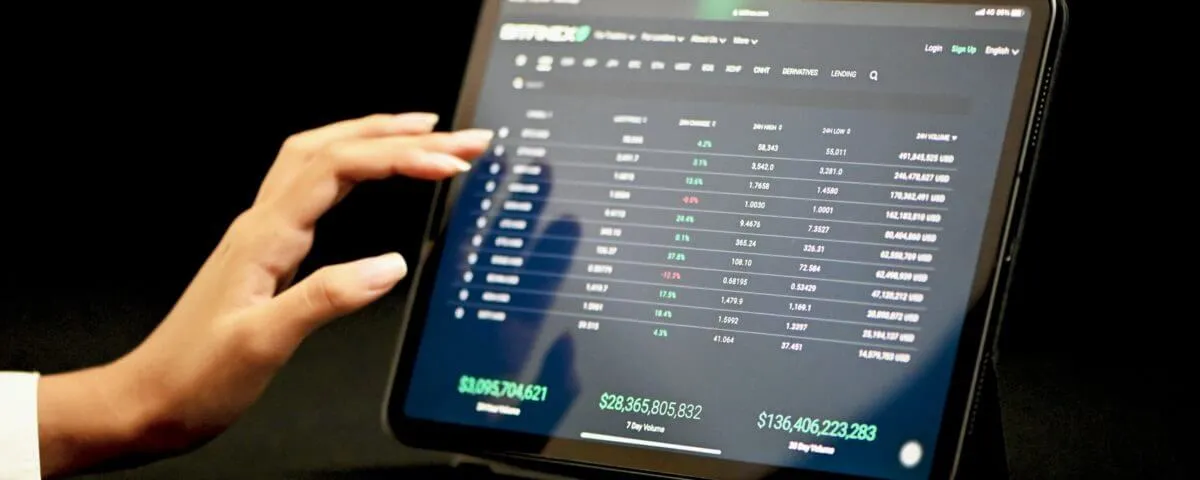One of the biggest trends of the pandemic has been the rise of automation. With many people stuck at home, convenient tech-based practices have been highly sought after as alternatives to going out and getting things done by hand. Mobile payments are prevailing over cash and credit; e-commerce is booming, and both remote and hybrid work are becoming parts of the “new normal.” Perhaps even more importantly, VentureBeat reports that artificial intelligence (AI) and its subset machine learning (ML) are now being used more frequently — to the point that worldwide investment in the industry has increased by 115% in the past year alone.
As this acceleration continues, AI and ML keep finding new use cases. One is trading in the currencies market. Forex is a volatile market by nature, and traders always face some risk as a result. However, AI and ML are now helping users leverage Big Data to make safer and more informed trades.
Here’s more on how these two emerging technologies are further ushering forex into the Digital Age.
They automate trades
The main purpose of AI and ML in forex is to automate trading processes. As we’ve previously discussed in “Demystified — Machine Learning”, this is accomplished by first feeding past data into AI and ML software. This trains the programs to predict possible future outcomes with a high degree of accuracy. Consequently, specialized programs can automate key trading processes for the user. This includes determining the best time to make trades, as well as automatically opening orders in the market. All traders need to do is try out different strategies and tweak the parameters for placing trades as they see fit.
They make trades safer
Forex is the biggest and most liquid market in the world, with a daily turnover that hit almost $6 trillion in 2020. It deals with currency exchange rates, which fluctuate almost constantly based on factors like inflation, speculation, and current events. Take the South African rand (ZAR) and the US dollar (USD), for example. The trade volatility charts provided by FXCM indicate that in early November, 1 USD was worth as much as 16.37 ZAR. Yet by December 7, news of the COVID-19 Omicron variant had caused the exchange rate to plummet to as low as 15.83 ZAR per 1 USD. This goes to show that forex is significantly prone to volatility. Trained AI and ML software, however, use real-time data and predictive analytics to determine possible rate fluctuations, significantly reducing the amount of risk traders face due to volatility.
They prove forex can be digitized further
Maybe most importantly, the increased use of AI and ML in forex also proves that trading in the market can be digitized even further. Experts currently believe that the rollout of 5G, in particular, can increase the speed of forex transactions by more than 20x the average rate. Forex markets can already be accessed remotely 24 hours a day, five days a week. According to this comparison piece from The Droid Guy, 4G can load just over 1GB per second, while 5G can handle more than 60. Ultimately, this means that trading apps will soon be accessing servers faster, giving traders (and automated programs) those precious few extra seconds which can determine the success or failure of a given trade.
If you’re a forex trader or you are considering becoming one, today is definitely an exciting time to be in the market. With AI and ML, trades are becoming easier and safer to execute than ever before, and emerging technologies like 5G are poised to further improve the trading experience.



